ABSTRACT
EXPRESSIONISM (1946-1956)
Abstract Expressionism was the first American art style to exert an influence on a
global scale. It drew upon the ‘spiritual’ approach of Kandinsky, the 'automatism' of the Surrealists, and a range
of dramatic painting techniques. Abstract Expressionism was also known as ‘Action Painting’, a title which implied
that the physical act of painting was as important as the result itself.
The Abstract Expressionist movement embraced paintings from a wide range of artists
whose work was not always purely abstract or truly expressionistic. The ‘all-over’ drip paintings of Jackson
Pollock, which entangle the viewer in a skein of light, color and texture, were the biggest challenge to the
interpretation of pictorial space since Cubism. The paintings of Mark Rothko bathe the spectator in a mystical
world of diffuse color while the art of Robert Motherwell sets up an abstract dialogue between his 'automatic'
calligraphy and the conscious control of shapes and colors.
JACKSON
POLLOCK (1912-1956)
Pollock was introduced to the use of liquid paint in 1936 at an experimental workshop
in New York City by the Mexican muralist David Alfaro Siqueiros. In 1945 Pollock married American painter Lee
Krasner. With the help of a down-payment loaned by Peggy Guggenheim, they bought a wood-frame house and barn in
East Hampton on the south shore of Long Island. In that space, Pollock began painting with his canvases laid out on
the studio floor and soon perfected his big "drip" technique, the style he became permanently identified
with.
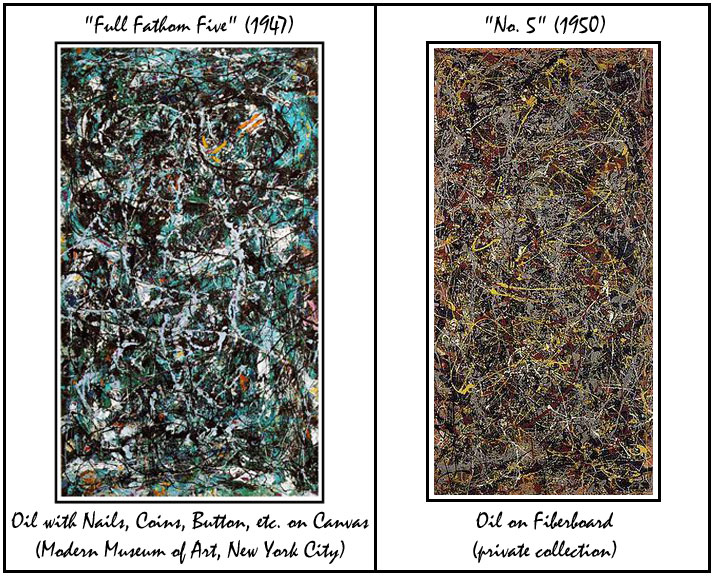
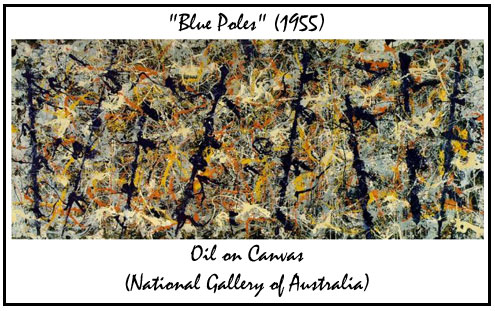
MARK
ROTHKO (1903-1970)
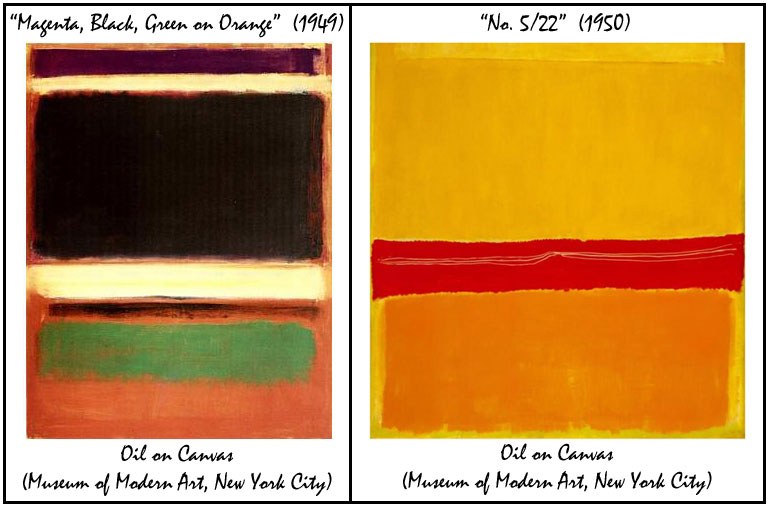
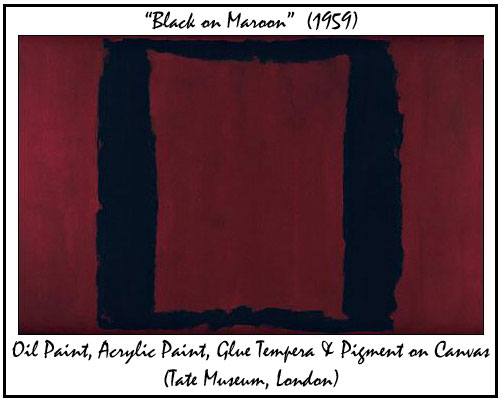
“Blue Divided by
Blue” (1966)
Untitled (Blue Divided by Blue) is a rare painting by Rothko, believed to be one of
only four recorded works on paper. Until 1970, Rothko had been exploring the limit of painting on
paper. Painted in a period of depression, Blue Divided by
Blue has been described as one of Rothko’s most serene-looking
paintings. In 2007, “Blue” sold for $4.5M.

WILLEM DE
KOONING (1904-1997)

ROBERT
MOTHERWELL (1915-1991)
Elegy to the Spanish Republic of a series comprising more than 140 paintings, which
Motherwell worked on throughout his long career. The series functioned as the artist's memorial to the Spanish
Civil War, an event that had come to symbolize for him the human tragedies of oppression and injustice. What
exactly the ovoid and bar-like forms are intended to mean has been the subject of great debate. Some compare them
to architecture, or to ancient monuments, while others read them as phalluses and wombs which suggest the cycle of
life and death.
From 1958 to 1971 Motherwell was married to abstract painter Helen Frankenthaler. On
Motherwell's death, Clement Greenberg commented that, "although he is underrated today, in my opinion he was one of
the very best of the Abstract Expressionist painters".
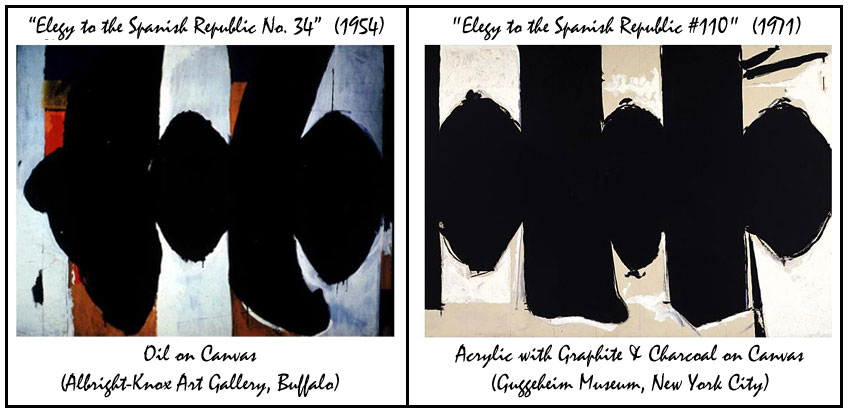
JAMES BROOKS (1906-1992)

MORRIS
LOUIS (1912-1962)

HANS
HOFMANN (1880-1966)
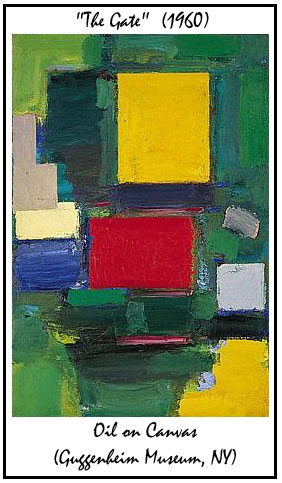
FRANZ
KLINE (1910-1962)
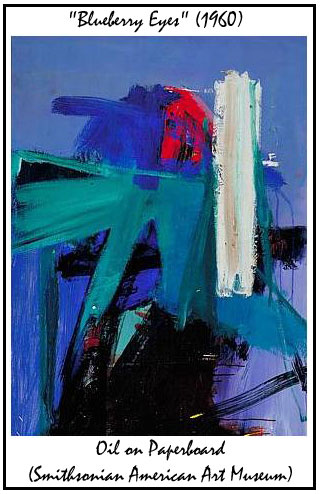
JACK
TWORKOV (1900-1982)
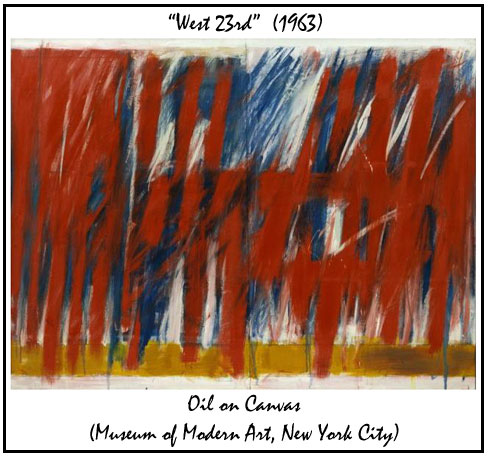
HELEN
FRANKENTHALER (1928-2011)
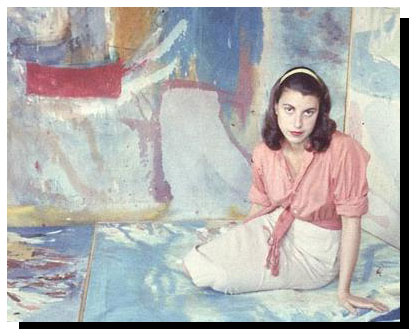
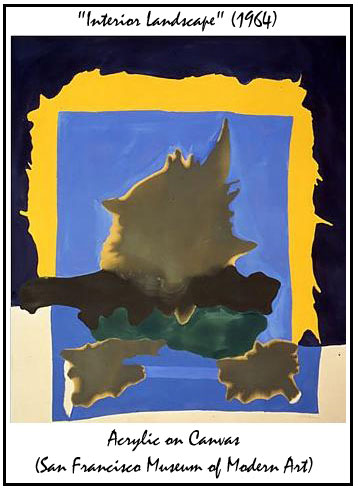
ADOLPH
GOTTLIEB (1903-1974)
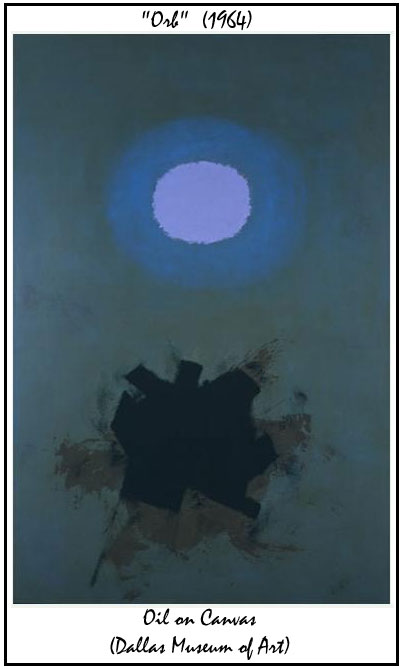
MARK DI SUVERO (1933-Present)
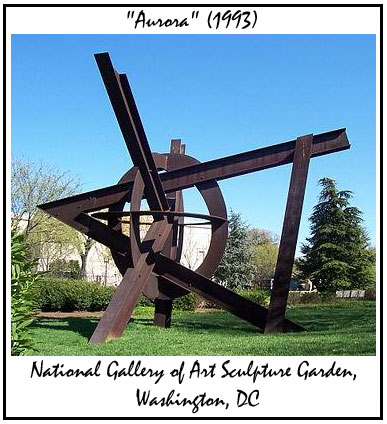
z
| 














